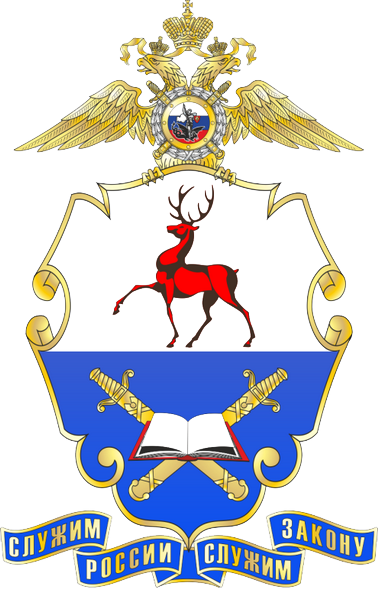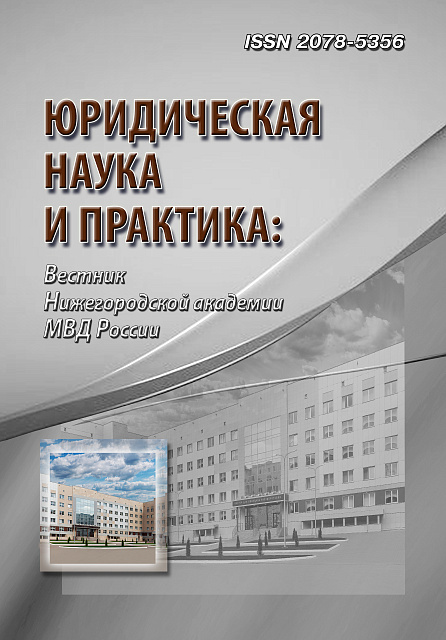The article is devoted to a comprehensive analysis of cyberterrorism and cyberextremism as the most dangerous social phenomena that have become widespread due to the development of information technologies, especially in the field of the Internet information and telecommunications network. The author investigates the theoretical concepts of understanding cyberterrorism as a legal definition, examines the historical features of the development of this phenomenon, identifies various approaches in the legal regulation of cyberterrorism in India, Nigeria and the Philippines. The author offers his own definition of cyberextremism, which is based on the compilation of constitutive features of cyberterrorism (as an self-determined phenomenon) and extremism. Particular attention is paid to the polysystem of legal regulation of the fight against cyberextremism and cyberterrorism (universal level of legal regulation, regional level of legal regulation and national legal regulation). The study of overseas experience of legal regulation allowed to shift the focus from the universal level of international legal regulation to the regional one, which will significantly affect the regional security structure. In the course of the study, the author came to the conclusion that the most promising area of regional cooperation in the fight against cyberextremism for the Russian Federation will be the Shanghai Cooperation Organization (further — SCO). This is due to the fact that the SCO is the only international organization that has a conventional regulation of extremism per se. The expansion of cooperation is appropriate given the fact that cyber extremism is a certain form of extremism, as well as the experience of the Republic of India as a SCO member state, which has relevant national legislation aimed at countering cyberterrorism
cyberterrorism, cyberextremism, cybercrime, Shanghai Cooperation Organization, separatism, critical infrastructure facilities, cybersecurity
1. What is cyberterrorism? 2022. URL: https://www.techtarget.com/searchsecurity/definition/cyberterrorism#:~:text=The%20U.S.%20Federal%20Bureau%20of,subnational%20groups%20or%20clandestine%20agents.%22 (accessed 23.05.2023).
2. Plotnek J., Slay, J., “Cyber Terrorism: A Homogenized Taxonomy and Definition” (2021). Computers & Security, Volume 102.
3. Cyberterrorism How Real Is the Threat? Gabriel Weimann. URL: https://www.usip.org/sites/default/files/sr119.pdf (accessed 23.05.2023).
4. Cyber Terrorism. Why it exists, why it doesn’t, and why it will. Stefan Soesanto. 2020. URL: https://www.realinstitutoelcano.org/en/analyses/cyber-terrorism-why-it-exists-why-it-doesnt-and-why-it-will/ (accessed 23.05.2023).
5. The Report of the President’s Commission on Critical Infrastructure Protection. URL: https://sgp.fas.org/library/pccip.pdf (accessed 23.05.2023).
6. Paul N. Stockton, Michele Golabek-Goldman PROSECUTING CYBERTERRORISTS: APPLYING TRADITIONAL JURISDICTIONAL FRAMEWORKS TO A MODERN THREAT. URL: https://law.stanford.edu/wp-content/uploads/2018/03/stocktongoldman.pdf (accessed 07.10.2023).
7. CYBERCRIMES (PROHIBITION, PREVENTION, ETC) ACT 2015. URL: https://lawpadi.com/wp-content/uploads/2015/08/CyberCrime_ProhibitionPreventionetc_Act_2015.pdf (accessed 10.07.2023).
8. Marcus Araromi. Cyber-Terrorism under the Nigerian Law: A New Form of Threat or an Old Threat in a New Skin? URL: https://papers.ssrn.com/sol3/papers.cfm?abstract_id=3286617 (accessed 07.10.2023).
9. THE INFORMATION TECHNOLOGY ACT 2000. URL: https://www.indiacode.nic.in/bitstream/123456789/ 13116/1/it_act_2000_updated.pdf (accessed 07.10.2023).
10. The Magna Carta for Philippine Internet Freedom. Legacy.senate.gov.ph. URL: http://legacy.senate.gov.ph/lisdata/1446312119!.pdf (accessed 20.12.2021).
11. Volevodz A. G., Alizade V. A. International legal approaches to countering extremism: substantive and procedural aspects. International criminal law and international justice, 2018, no. 6, pp. 7–11. (In Russ.)
12. Letter from the Charge d’Affaires of the Permanent Mission of the Russian Federation to the United Nations of July 30, 2021 addressed to the Secretary General. UN Document A/75/980, August 10, 2021. (In Russ.)
13. Ad Hoc Committee on the Development of a Comprehensive International Convention against the Use of Information and Communication Technologies for Criminal Purposes: note by the Chairman: revised Text of the Convention. UN Document A/AC.291/22/Rev.1, 6 November, 2023. (In Russ.)
14. Xue Y., & Makengo B. M. (2021). Twenty Years of the Shanghai Cooperation Organization: Achievements, Challenges and Prospects. Open Journal of Social Sciences, 9, 184–200.












